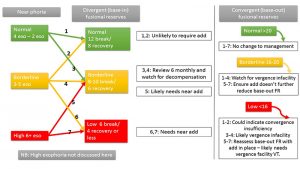Digital eye strain in kids
Digital eye strain is becoming more common in children and teenagers. The symptoms of asthenopia can be due to dry eye, binocular vision dysfunction and glare sensitivity – learn more about each of these, as well as guidelines to manage the risks.




















